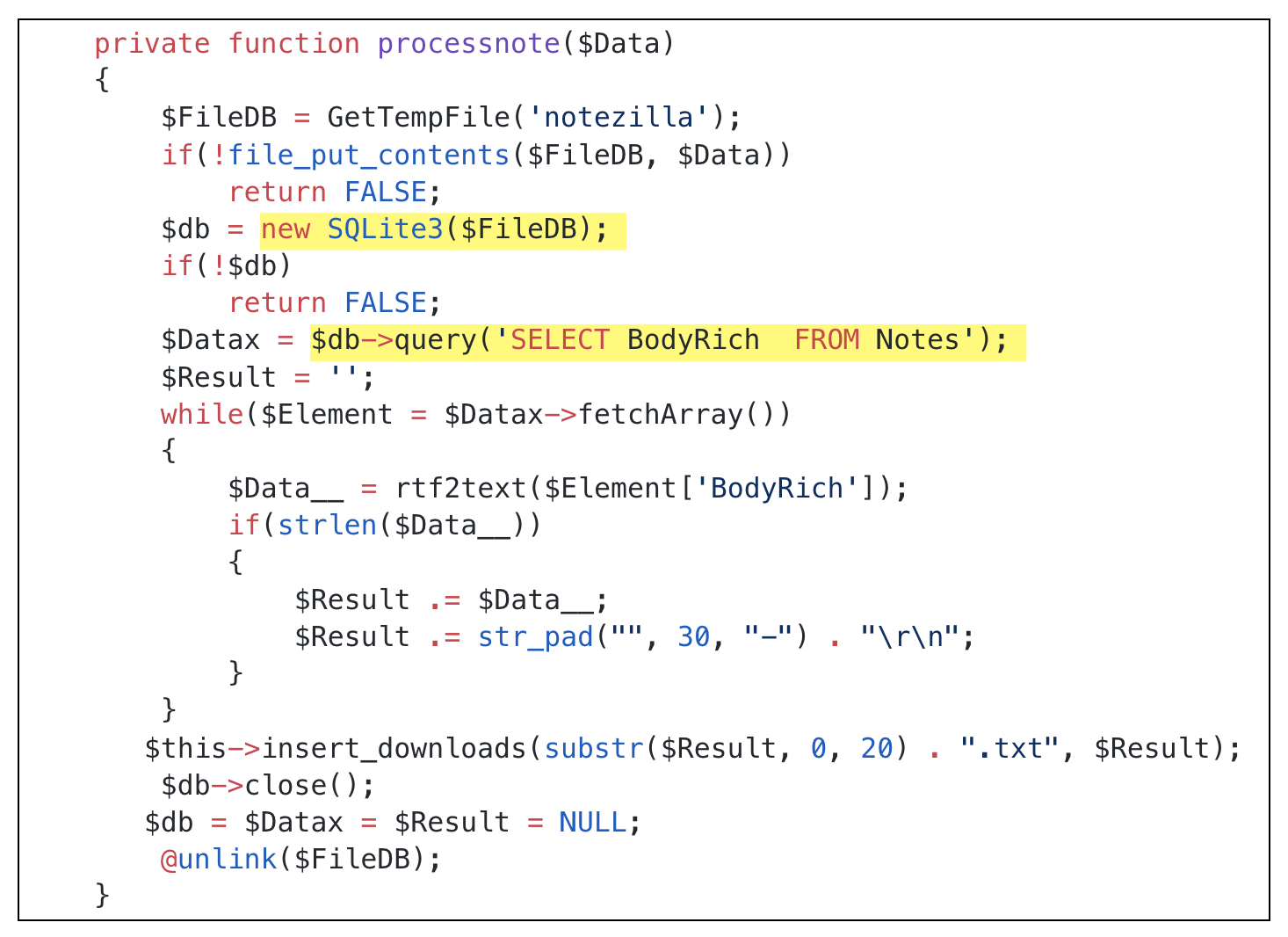


- #Sqlitestudio query examples update#
- #Sqlitestudio query examples android#
- #Sqlitestudio query examples code#
Insert, Read, Delete & Update Operation In SQLite. List Of All Clauses In SQLite For Defining Specific Condition. Introduction To SQLite And Installation. 
Get Better Understanding of Sqlite Before You Read Example – To get better understanding of SQlite database, it is recommended you read below article first: If we have requirement that we don’t want to lose existing data in the table then we can write alter table query in the onUpgrade(SQLiteDatabase db,int oldVersion, int newVersion) method.įor more details read: Insert, Read, Delete & Update Operation In SQLite We have to change database version if we have added a new row in the database table. But it’s not mandatory to do so and it all depends upon your requirements. In most example you will see that existing table(s) are being dropped and again onCreate() method is being called to create tables again. In onUpgrade method we can write queries to perform whatever action is required. So to update a version we have to increment the value of version variable passed in the superclass constructor. OnUpgrade(SQLiteDatabase db,int oldVersion, int newVersion) is only called whenever there is a updation in existing version. Database name is passed in constructor call. So SQLiteOpenHelper class call the onCreate() method after creating database and instantiate SQLiteDatabase object. It will be called whenever there is a first call to getReadableDatabase() or getWritableDatabase() function available in super SQLiteOpenHelper class. OnCreate(SQLiteDatabase sqLiteDatabase)method is called only once throughout the application lifecycle. After extending SQLiteOpenHelper you will need to implement its methods onCreate, onUpgrade and constructor. The SQLiteOpenHelper only require the DATABASE_NAME to create database. The SQLiteOpenHelper is responsible for opening database if exist, creating database if it does not exists and upgrading if required. It provides two methods onCreate(SQLiteDatabase db), onUpgrade(SQLiteDatabase db, int oldVersion, int newVersion). SQLiteOpenHelper is a helper class to manage database creation and version management.
3 Add & Retrieve Image From SQLite Database:Ĭreating And Updating Database In Androidįor creating, updating and other operations you need to create a subclass or SQLiteOpenHelper class. #Sqlitestudio query examples android#
1 Creating And Updating Database In Android. Let’s create a new table called leads to store all business leads of the company. The following table illustrates the rules.: Action The OLD and NEW references are available depending on the event that causes the trigger to be fired. You can access the data of the row being inserted, deleted, or updated using the OLD and NEW references in the form: OLD.column_name and NEW.column_name. However, if the trigger references other tables, the trigger is not removed or changed if other tables are removed or updated.įor example, a trigger references to a table named people, you drop the people table or rename it, you need to manually change the definition of the trigger. Notice that if you drop a table, all associated triggers are also deleted. In case you omit the WHEN clause, the trigger is executed for all rows. If you use a condition in the WHEN clause, the trigger is only invoked when the condition is true. It has not yet supported the FOR EACH STATEMENT triggers. If the trigger associated with the table is fired one time, we call this trigger a FOR EACH STATEMENT trigger.Īs of version 3.9.2, SQLite only supports FOR EACH ROW triggers. This trigger is called FOR EACH ROW trigger. Suppose you use a UPDATE statement to update 10 rows in a table, the trigger that associated with the table is fired 10 times. If you combine the time when the trigger is fired and the event that causes the trigger to be fired, you have a total of 9 possibilities: Finally, place the trigger logic in the BEGIN END block, which can be any valid SQL statements. After that, indicate the table to which the trigger belongs. Then, specify the event that causes the trigger to be invoked such as INSERT, UPDATE, or DELETE. However, you can only create an INSTEAD OF trigger on a view. You can create BEFORE and AFTER triggers on a table. Next, determine when the trigger is fired such as BEFORE, AFTER, or INSTEAD OF. First, specify the name of the trigger after the CREATE TRIGGER keywords. #Sqlitestudio query examples code#
ĮND Code language: SQL (Structured Query Language) ( sql )







 0 kommentar(er)
0 kommentar(er)
